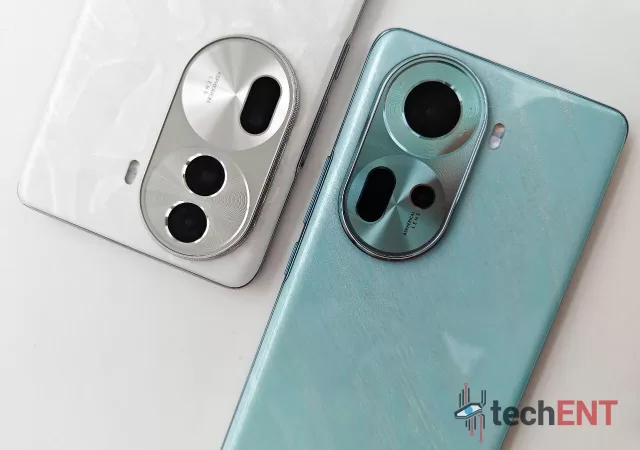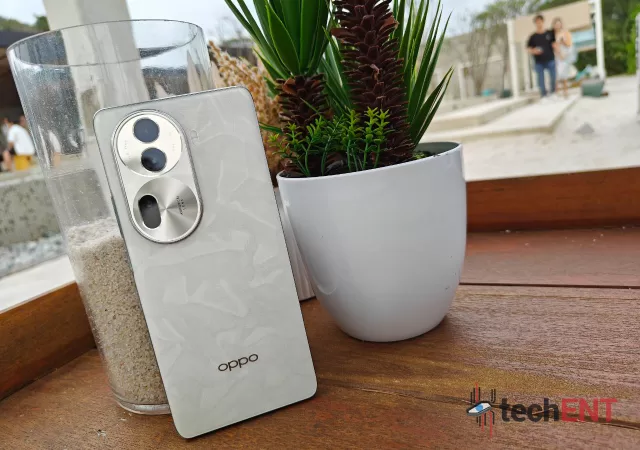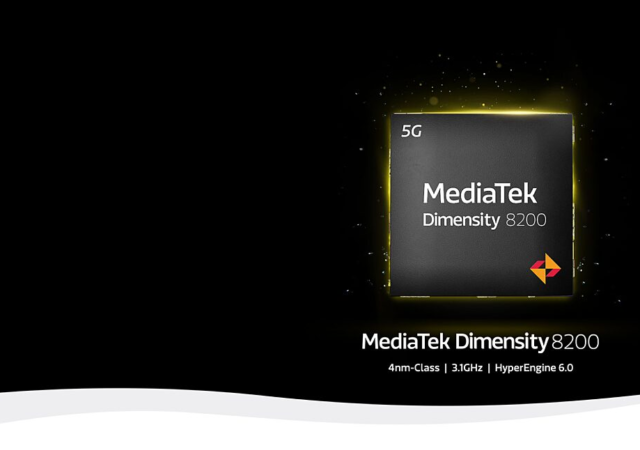techENT is giving the OPPO Reno 11 Pro the full review treatment putting the smartphone to test in day to day usage.
OPPO Unleashes the Reno 11 Series Globally, Price Starts at RM1,899
OPPO Announces a new Portrait Expert – the new OPPO Reno 11 Series that comes with specifications that focus on excelling in Photography.
OPPO Reno 11 Pro In-Depth Review: Portrait Photography in Focus, But a Sliver Shy of Perfect
OPPO’s portrait expert is getting a much needed upgrade to bring quality and affordability into focus. But is the Reno 11 Pro worth it? We’re about to find out.
OPPO Reno 11 Series: OPPO’s Next Step in Supercharging Its Mid-Range Smartphones
OPPO announces the Reno 11 series that takes strides to enhancing the mid-range smartphone experience with high performance processors and killer cameras.
Mediatek Dimensity 8200 launch claims best power efficiency and smooth gaming
Mediatek launches its latest platform, the Dimensity 8200, claiming best-in-class power efficiency for premium 5G smartphones and impressive gaming performance. 4nm process brings power efficiency while retaining performance Mediatek’s new chipset targets the bracket of smartphones just below the flagship…







